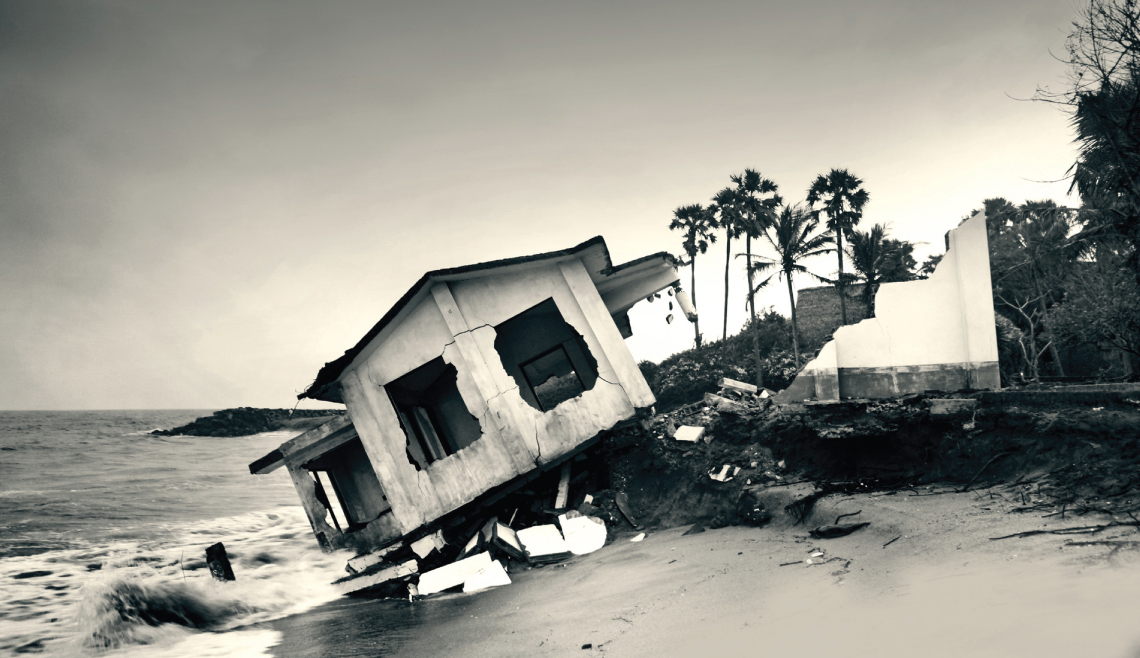Climate risk atlas
An atlas comes in handy when setting out to configure strange terrain. The ‘climate risk atlas’ (CRA) being developed by the Council on Energy, Environment and Water (CEEW), with support from ICC, aims to do something similar, only this is a charting of more than just geography.
CRA is a tool to map and understand India’s critical vulnerabilities to climate risks, such as extreme weather events, urban heat stress, water and soil degradation, crop loss, vector-borne diseases and biodiversity collapse.
When completed in 2023, the atlas is expected to provide a comprehensive climate risk assessment of India at the district level. The intent is to identify, assess and project the threats the country faces from climate change, and thereby enable informed decision-making and better preparation at the national, sub-national and community levels.
The entities involved in the effort are a pointer to the detailing and coverage that CRA is aiming to offer. CEEW, a Delhi-based not-for-profit policy research institute, is compiling the atlas in partnership with the National Disaster Management Authority, the Coalition for Disaster Resilient Infrastructure, the European Union, the United Nations Office for Disaster Risk Reduction, the World Business Council for Sustainable Development and the Indian Space Research Organisation.
The atlas builds on the sterling work that CEEW did while putting together a ‘climate vulnerability index’ — released in October 2021 — that revealed the extent of the climate change dangers staring India in the face. CRA itself has attracted attention at home and abroad. The state governments of Odisha and Rajasthan are looking to incorporate analyses from the atlas in their disaster management and resilience planning, and the Brazilian government has expressed interest in replicating the exercise in their country.
The logic driving the drafting of the atlas is clear. “The climate risks confronting India are well understood in a generalised kind of way, but specific and localised climate risks, the implications of other factors, and appropriate solutions are not available. We end up talking in circles,” says Edel Monteiro, programme lead at ICC.
The atlas can, considering the lacunae, provide the basis for a more knowledgeable and precise response to climate change. “The actual sustainability and impact of solutions will be realised only if we understand, at the district and subdistrict level, what the specific climate risk is and what the specific socioeconomic and landscape issues associated with the risk are,” adds Ms Monteiro.
